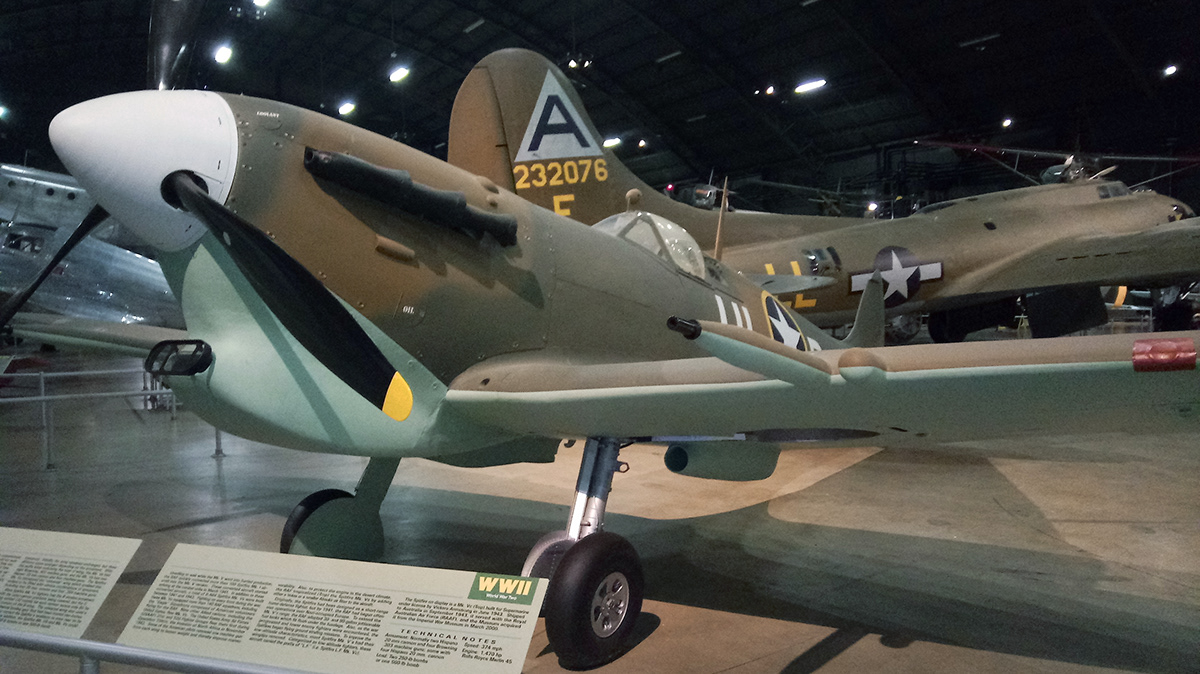Supermarine Spitfire: The Iconic Fighter Plane of World War II
Introduction

The Supermarine Spitfire, one of aviation's most celebrated and iconic fighter planes, played a pivotal role during World War II. Designed by R.J. Mitchell, this British fighter aircraft became synonymous with the Royal Air Force's (RAF) success in the Battle of Britain. They left an indelible mark on the annals of military aviation
Origins and Design
The genesis of the Spitfire dates back to the mid-1930s when the British Air Ministry issued a specification for a new high-performance fighter plane. R.J. Mitchell, the chief designer at Supermarine Aviation Works, answered the call with a sleek and innovative design. The Spitfire was characterized by its elliptical wings, which provided exceptional agility and contributed to its distinctive appearance.

Technological Advancements
Merlin Engine: The Spitfire's success can be attributed in no small part to its powerful Rolls-Royce Merlin engine. This inline liquid-cooled engine gave the Spitfire speed and manoeuvrability, giving it a significant edge over its adversaries.
Aerodynamics: The elliptical wing design enhanced the aircraft's aerodynamics and contributed to its stability and control. This, combined with a relatively low wing loading, made the Spitfire highly responsive and agile in dogfights.
Role in the Battle of Britain
The Spitfire achieved legendary status during the Battle of Britain (1940), a critical aerial conflict between the RAF and the German Luftwaffe. The aircraft's performance defending British airspace against the relentless German attacks solidified its reputation as a formidable fighter. The Spitfire's versatility allowed it to excel in various roles, from interceptor to reconnaissance.

Variants and Innovations
The Spitfire underwent numerous modifications and upgrades throughout the war, resulting in various variants. These ranged from the Mark I to the Mark XVI, each incorporating technological advancements and improvements in response to evolving combat requirements.
Sea-fire: A navalized version of the Spitfire, known as the sea fire, was developed for operation on aircraft carriers. It played a crucial role in protecting naval convoys and supporting amphibious operations.
Griffon Engine: In later variants, the Spitfire was equipped with the more powerful Griffon engine, enhancing its performance at higher altitudes.

Legacy and Cultural Impact
The Spitfire's impact extends beyond its military contributions. It became a symbol of resistance and resilience during the war, embodying the spirit of the British people. Its iconic design has also made it a cultural symbol, featured in numerous films, documentaries, and airshows, ensuring its place in the popular imagination.

Conclusion
The Supermarine Spitfire symbolizes courage and technological prowess, representing a pivotal era in aviation history. Its contribution to the defence of Britain during the Battle of Britain and its continued evolution throughout World War II solidify its status as one of the most significant fighter planes ever built. The legacy of the Spitfire lives on, reminding us of the ingenuity and determination that played a crucial role in shaping the course of history.







